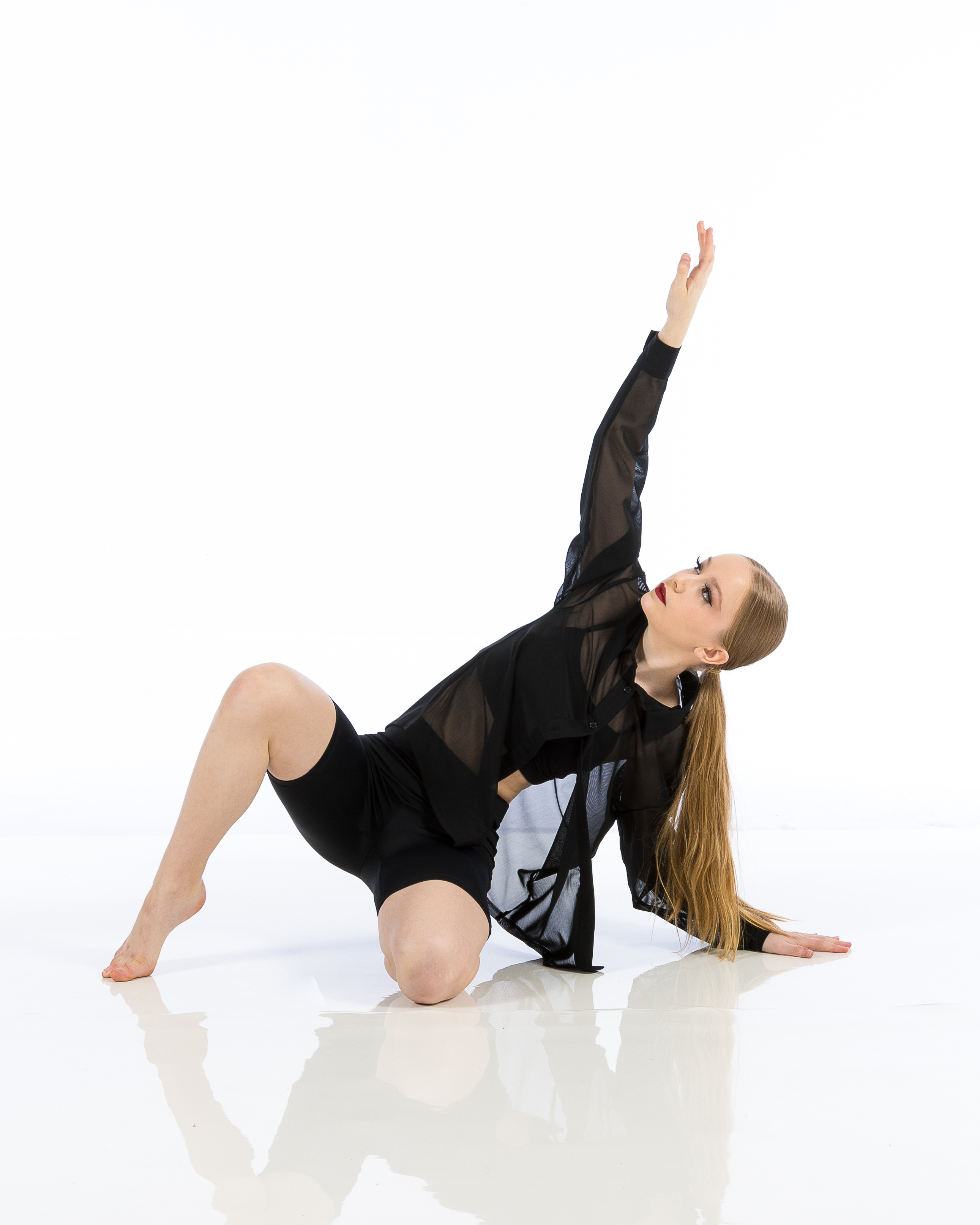Introduction
In the vibrant world of dance, where expression meets athleticism, the importance of a well-equipped dance studio cannot be overstated. Gearing up for success in this industry means investing in quality equipment that enhances both the learning experience and performance capabilities of dancers. Whether you’re an aspiring studio owner or looking to upgrade your current setup, understanding what equipment is essential is key. This article dives into the core components that make a dance studio stand out, ensuring that both instructors and students have everything they need to thrive.
Dance Studio: The Heart of Dance Education
Understanding the Role of a Dance Studio
A dance studio serves as more than just a physical space; it's a sanctuary for creativity, discipline, and community. But what makes a dance studio truly exceptional?
Space Design: The layout should facilitate various types of classes. Flooring: Proper flooring is crucial for dancer safety and longevity. Mirrors: They play an essential role in self-correction.Creating an Inviting Atmosphere
The ambiance of a dance website studio can significantly affect motivation levels. A well-lit space with inspiring décor can elevate the overall experience.
- Lighting: Adjustable lighting allows for different moods and styles. Sound Systems: High-quality speakers enhance the auditory experience.
Gearing Up for Success: Essential Equipment for Standout Dance Studios
1. Quality Dance Floors
Importance of Specialized Flooring
When it comes to dance studios, floor choice is paramount. A specialized dance floor reduces the risk of injury while enhancing performance.
- Sprung Floors: These provide shock absorption, protecting dancers' joints. Vinyl vs. Wood: Both have their pros and cons depending on style and budget.
2. Mirrors
Why Mirrors Matter in Dance Studios
Mirrors are indispensable tools in any dance studio environment.
- Self-Correction: Dancers can observe their form and technique. Visual Feedback: Helps in honing spatial awareness during practice.
3. Sound Systems
Choosing the Right Audio Equipment
A quality sound system can make or break a class.
- Speakers: Look for clarity and volume control. Mixer Boards: Essential for adjusting audio levels seamlessly during classes.
4. Barres
Types of Barres to Consider
Barres are fundamental in ballet training but also serve other styles.
- Wall-Mounted Barres: Space-saving but less versatile. Portable Barres: Allow flexibility in class arrangements.
5. Props & Accessories
Enhancing Learning with Props
Props like balls, resistance bands, and ribbons can contribute to diverse workout routines.
- Usage: They aid in technique refinement and strength building.
6. Lighting Options
Creating Mood Through Lighting
Adjustable lighting options allow studios to create different atmospheres based on class type or performance setting.
- LED Lights: Energy-efficient with various color settings.
7. Storage Solutions
Keeping Your Studio Organized
Efficient storage solutions keep your studio tidy and functional:
Shelving Units: For easy access to props and accessories. Cubbies: Personal storage for students’ belongings during classes.8. Ventilation Systems
Importance of Airflow
Good ventilation keeps dancers comfortable during sweat-inducing sessions:
- Fans: Ceiling fans help circulate air efficiently.
9. Seating Arrangements
Ensuring Comfort During Breaks
Providing adequate seating ensures comfort during breaks:

Frequently Asked Questions (FAQs)
1. What kind of flooring is best for a dance studio?
The best flooring depends on your specific needs; however, sprung floors are generally recommended due to their shock absorption properties which protect dancers from injuries over time.
2. How many mirrors do I need in my dance studio?
At least one full-length mirror per wall is advisable if space allows; this enables dancers to see themselves from multiple angles during practice sessions.
3. What's the average cost of setting up a dance studio?
Setting up a basic dance studio can range anywhere from $10,000 to $100,000 depending on location, equipment quality, size, and additional amenities you may want to offer.
4. Are portable barres effective?
Yes! Portable barres are quite effective as they provide versatility allowing you to rearrange your space according to class requirements easily.
5. How often should I replace my sound system?
Generally speaking, if you're using high-quality equipment that’s well-maintained, you may not need to replace it more than every five years unless technology advances significantly or repairs become too frequent/costly.
Conclusion
The journey towards establishing a standout dance studio begins with investing in essential equipment that caters not only to functionality but also fosters an inspiring atmosphere for creativity and growth among dancers—be it beginners or professionals alike! By carefully considering elements such as flooring, sound systems, mirrors, props, lighting options, and clever storage solutions while focusing on creating an inviting atmosphere will undoubtedly set you apart from competitors who overlook these details!
So gear up! With this guide on upgrading your space with top-notch essentials—you're now ready to create an environment where passion meets professionalism—a true haven ballet dance for all who walk through your doors!